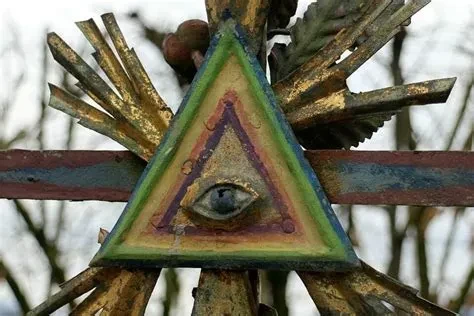Alaska was first discovered by Russian explorer Vitus Bering in 1741. He named the largest island in Alaska, Bering Island, after himself.
Since then, Russia began sending fur traders and missionaries to Alaska, establishing several trading posts and churches.
Russia also had good relations with Alaska’s indigenous people, such as the Aleut and Eskimo tribes. However, not all tribes welcomed the arrival of Russia.
The Tlingit tribe, for example, often clashed with Russia and even managed to drive them out of Sitka, the capital of Alaska at that time, in 1802.
In the 1850s, Russia experienced economic difficulties due to the Crimean War and began losing interest in Alaska.
Russia also feared that Alaska would be taken over by the British, who then controlled Canada. Therefore, Russia offered to sell Alaska to the US, led by President Andrew Johnson.
The US was interested in the offer, seeing Alaska as a strategic territory for trade and defense. On March 30, 1867, the US purchased Alaska from Russia for $7.2 million, or about 2 cents per acre.
This purchase was dubbed “Seward’s Folly,” as many believed that US Secretary of State at the time, William Seward, had made a big mistake by buying a seemingly worthless territory.
However, over time, Alaska proved to have significant potential, such as natural resources, scenic beauty, and cultural diversity.
Alaska also witnessed important historical events, such as the Klondike Gold Rush, World War II, and the Cold War. In 1959, Alaska officially became the 49th state of the US after a long and complicated process.
Alaska now has a population of about 731 thousand people and a land area of about 1.5 million square kilometers, making it the largest and least densely populated state in the US.












